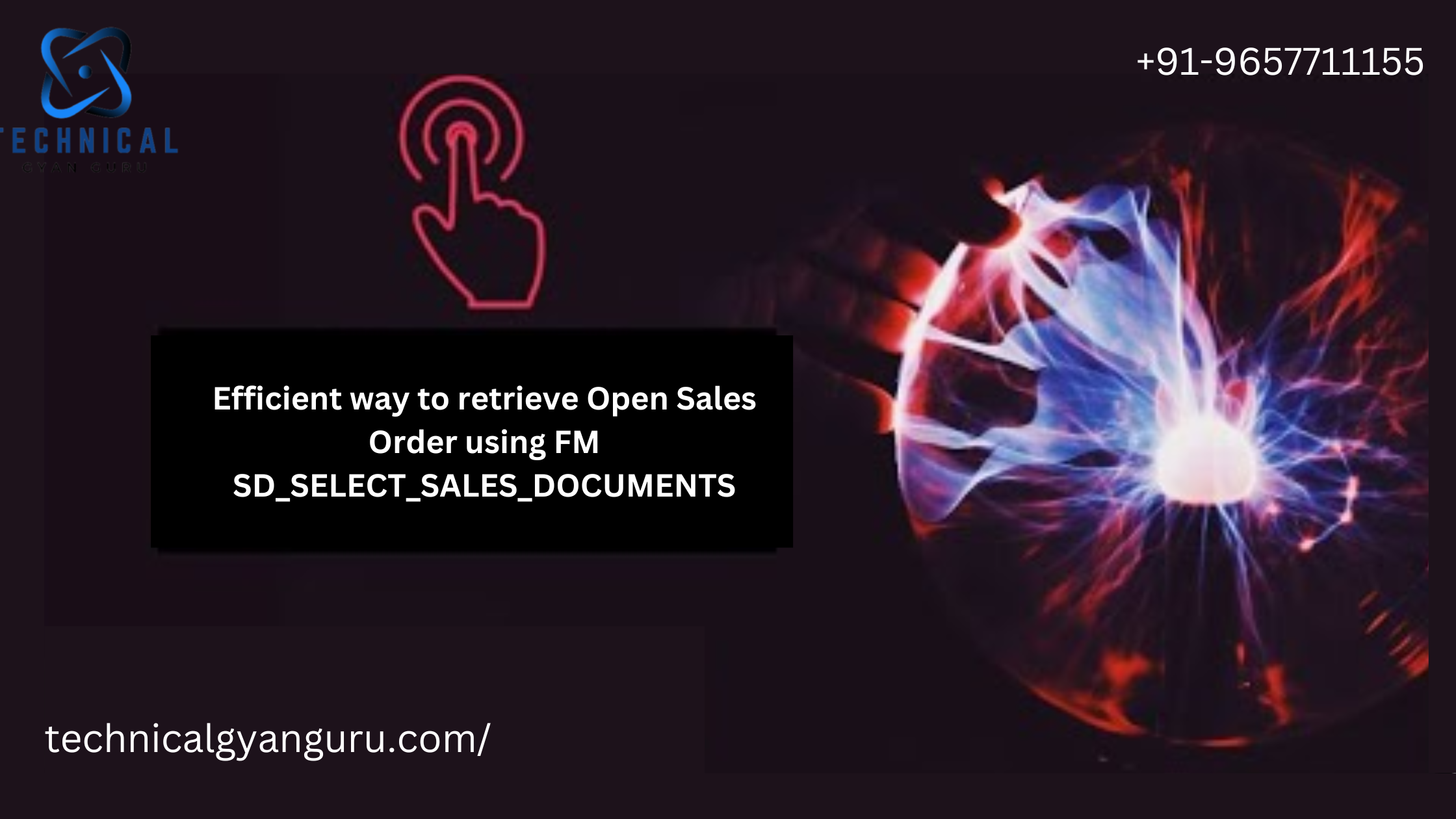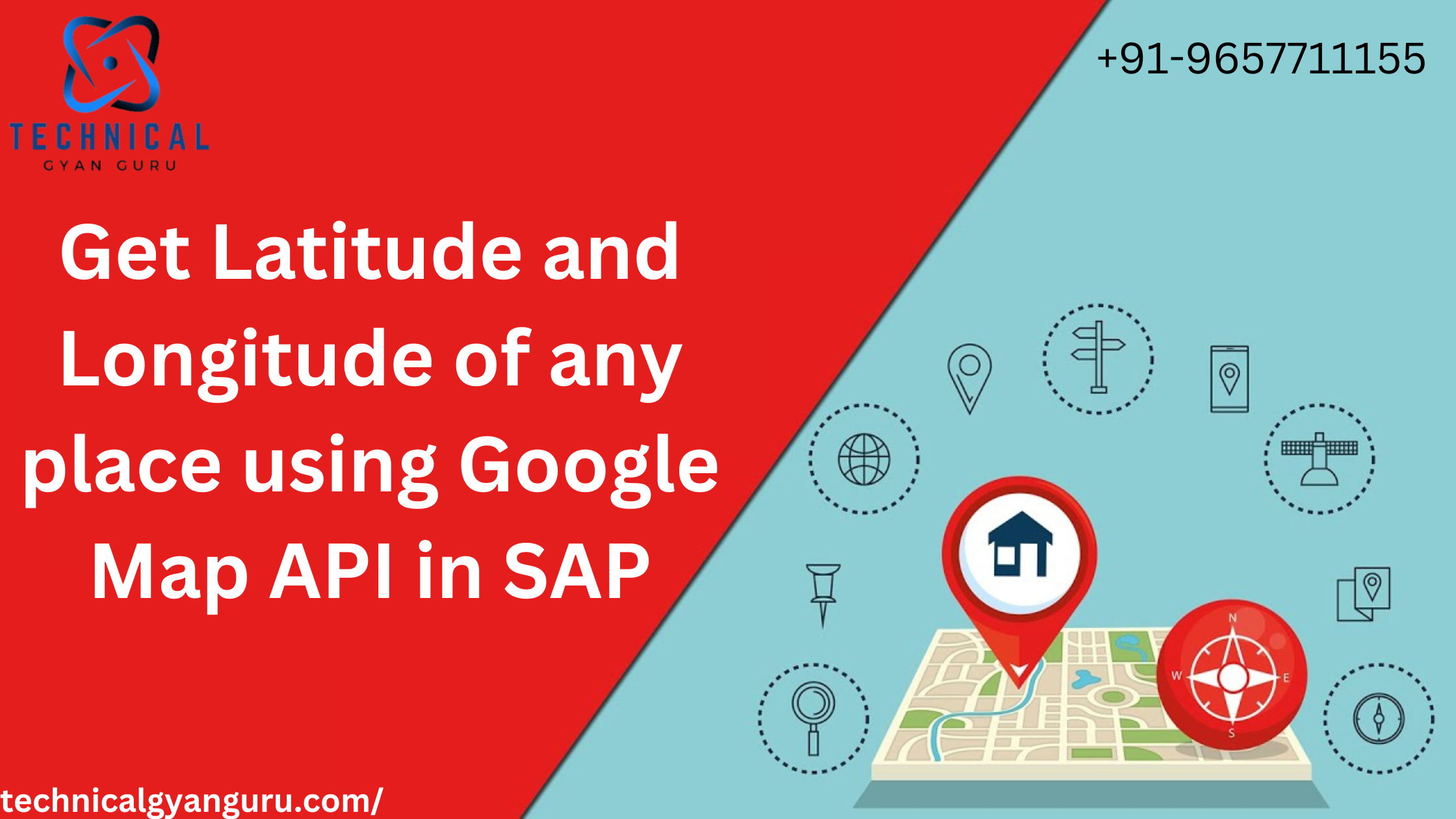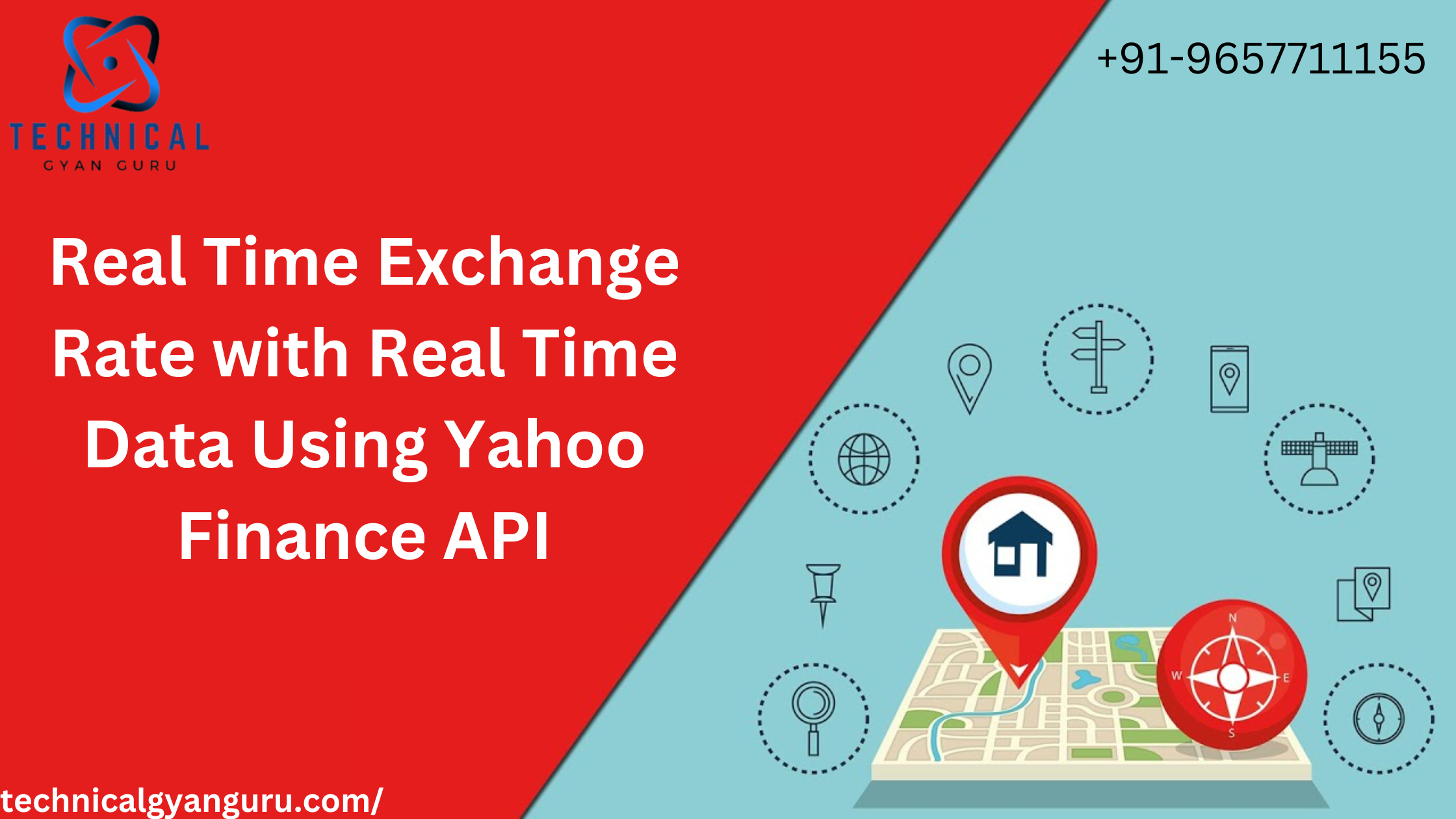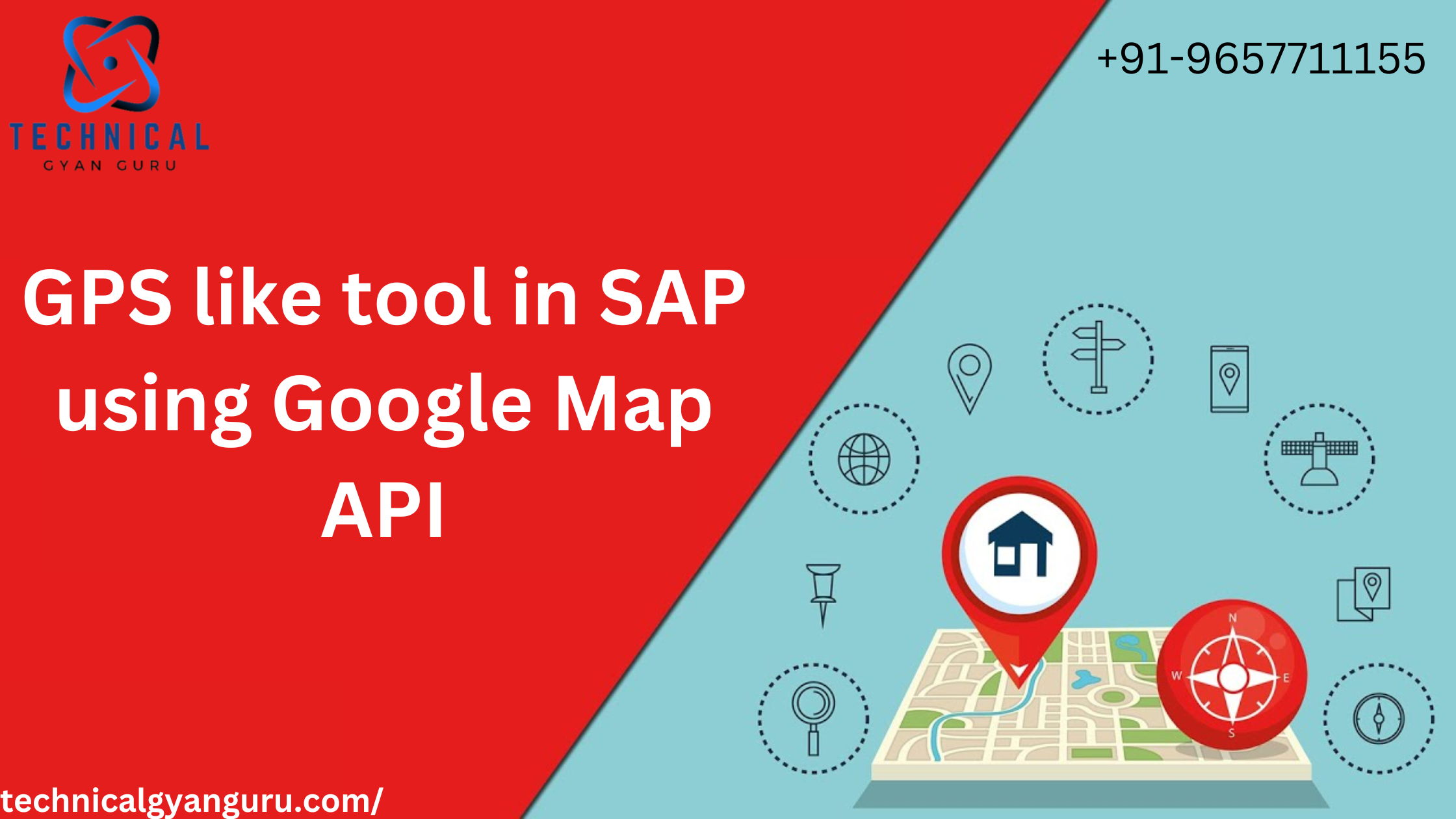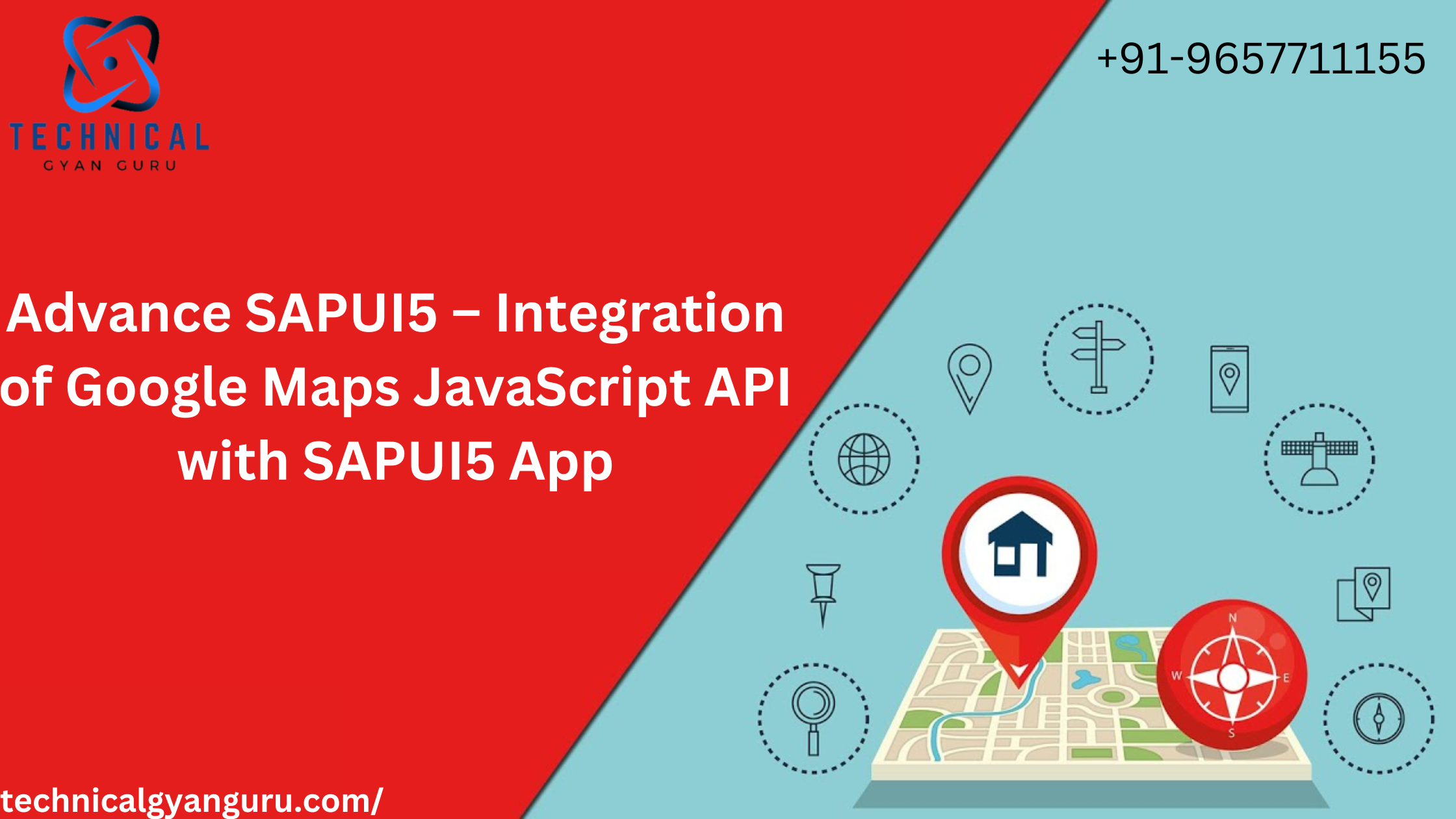 When implemented and activated correctly, intent data can serve as a compass, providing a clear view into the needs of your potential customers as they make their way through the buyer’s journey. Yet, realizing the full potential of intent data is no small feat. If you are a marketing, sales or RevOps leader who is facing roadblocks in implementing intent data effectively, you aren’t alone.
When implemented and activated correctly, intent data can serve as a compass, providing a clear view into the needs of your potential customers as they make their way through the buyer’s journey. Yet, realizing the full potential of intent data is no small feat. If you are a marketing, sales or RevOps leader who is facing roadblocks in implementing intent data effectively, you aren’t alone.
In a recent webinar, three of TechTarget’s leading intent data experts broke down some of the biggest stumbling blocks still facing many marketing and sales teams. From understanding different types and sources of intent to bringing the data into a single source of truth, there are many learnings that can help you overcome the complexity of implementation to realize the true ROI on intent data.
Navigating the intent data provider landscape
Although the potential of intent data may be straightforward or easy to understand, it can be challenging to fully grasp all the different types of intent data out there and to find the provider with the right data for you. Not all intent data is captured or collected in the same way. Below are some of the most common sources of intent data you’ll encounter:
Bidstream data: Derived from the information generated when a user’s device sends a bid request to an ad exchange. This type of data is often limited in terms of contextual information.
Partner networks: Generated from partnerships with external data providers or platforms. While this type of data offers access to diverse data sets and insights from a broader network, Quality and relevance of data can vary depending on the partner and integration.
Lead-based data: Derived from interactions with potential leads or prospects through lead gen programs. This type of data may require validation and verification to ensure accuracy and relevance.
First-party, audience-based data: Directly collected from interactions and engagements with a company’s own platforms or channels. This type of data offers the highest level of accuracy and relevance within a specific industry.
As you can see, there are a lot of different intent methodologies out there aimed at providing go-to-market (GTM) leaders with the data and insights they need to create pipeline and win more revenue. And yet, they vary in quality. Some have inconsistent scoring models that are very hard to rely on as a source of truth for your campaigns and go-to-market activities. Many intent data providers offer very limited and weak account-level signals.
Although these signals can be helpful in some use cases, like programmatic advertising, exclusively tapping into account-level insights doesn’t provide your sales organization with the full picture of their buyers’ behavior. First-party, audience-based providers like TechTarget not only allow you to see the accounts that are in-market, but you can also explore the unique buying teams and individuals who are conducting research in your category. This in-depth view of buyer engagement serves as powerful fuel for both marketing and sales activity so you can engage the right accounts at the right time.
Capturing and organizing intent signals
Even with the right intent data provider on hand, many organizations still struggle to implement the data successfully. The reality is that the modern tech stack involves many tools and systems, so even the best MOPs or RevOps professional may find it challenging to pull all those insights together in an effective and actionable way. This is why it’s critical to follow a thoughtful implementation framework when bringing intent data into your organization.
At TechTarget, we work closely with our clients to overcome the procedural, technical and cultural roadblocks that can get in the way of generating ROI on intent data. And, we’ve invested heavily in evolving our Priority Engine platform to align with modern Sales and Marketing needs. Since the CRM still remains to be the central hub or warehouse for most B2B organizations, we recently released the Salesforce Connector to better enable clients to use their own Salesforce fields to build account lists and sales territories while also drilling into the unique individuals at those accounts.
This update also empowers clients to connect other third-party tools directly to Priority Engine for further insights and visibility into accounts, buying teams and buying team members. The goal is to make it easier and faster for Sales to leverage timely data and bring it directly into their existing workflows. Plus, with enhanced opportunity reporting, it’s easier to understand the true impact and ROI intent data has on your bottom line.
How we can help
In the highly competitive B2B landscape, intent data can give you much-needed insight on your highest priority accounts. However, implementing new data and processes is rarely a quick and easy task. With TechTarget’s robust intent data platform, Priority Engine, businesses can unlock the full potential of intent data.
Ready to see how TechTarget’s Priority Engine can help you chart your course with intent data? Schedule a demo today to see the difference firsthand.


